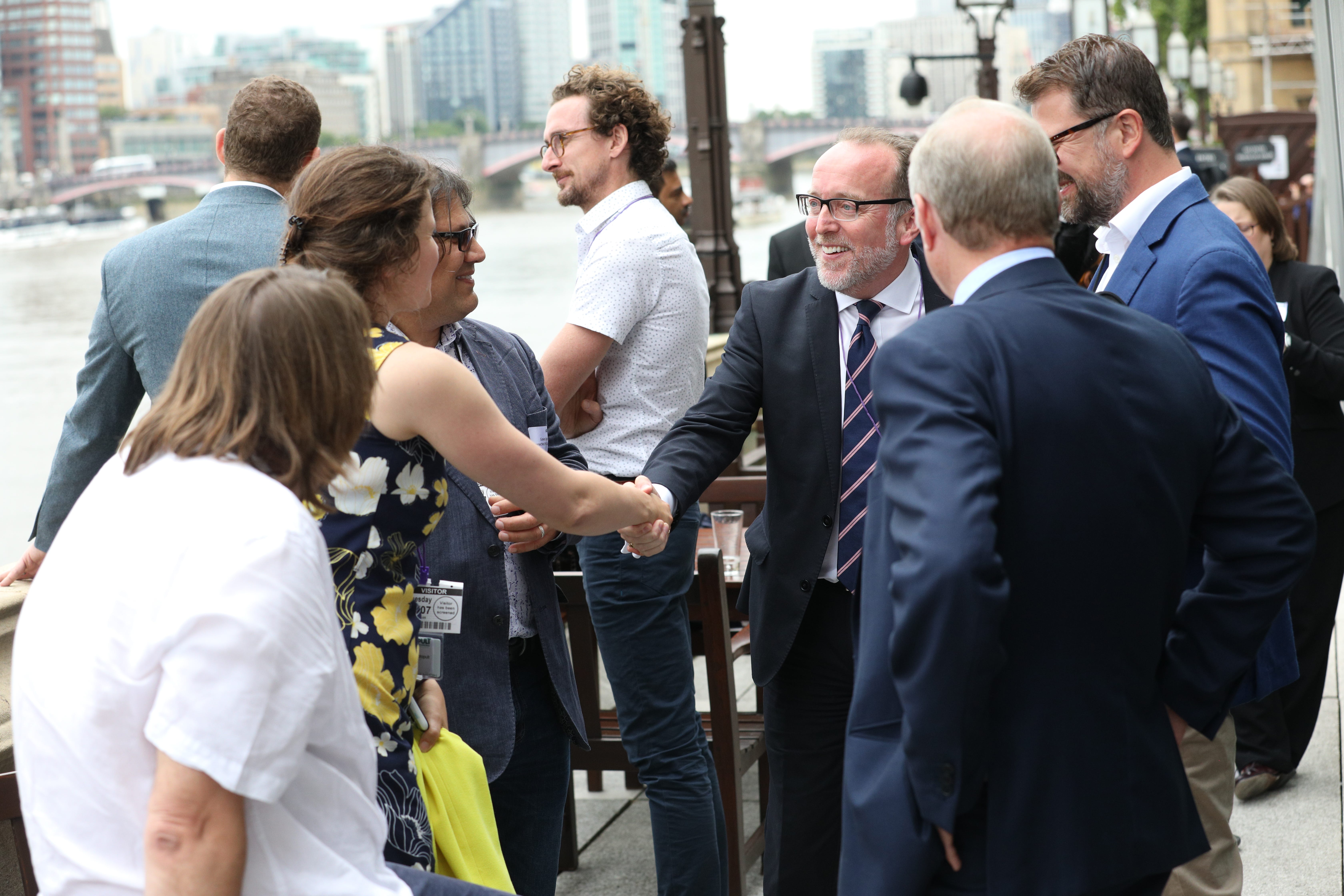Enriching innovation ecosystems with diversity in business and cities

The question of which places in the UK might be the best targets for investment and attention in terms of R&D-led ‘levelling up’ has been (at least until very recently) a hot topic. Having been deeply embedded in the journey of the Bristol & Bath innovation ecosystems, and more recently in Gloucestershire’s cyber-tech ecosystem, Connected Places Catapult invited me to share some reflections from my own experience.
Boosting innovation across the UK matters more than ever
Economic and industrial strategies developed over the last few years (including the Government’s Industrial Strategy and the emerging plethora of Local Industrial Strategies being developed by LEPs) may need to be revisited in light of recent forecasts of a 35% hit to the economy, millions losing their jobs, a new perspective on our reliance on health, social care and infrastructure and what will be a very different political landscape and role of the state. I wouldn’t suggest we do that re-evaluation until we know how and when we’re going to emerge and what the new landscape will look like, but this does help me look afresh at the work I’ve been doing on ecosystems and test whether the theories survive the test of (very rapidly moving) time.
One of the notions in the report is that of ‘innovation everywhere’ as a response to levelling up across the UK. I suggest that we now have the opportunity re-evaluate what excellence really means in the context of innovation.

In an emerging world where businesses large and small, and our education and research capabilities will be different (and likely all reduced in number), ‘excellence’ will be around the ability to adapt and rebuild, across socio-economic as well as technological innovation. After a bruising few years of Brexit exposing rifts in society and now the pandemic, a move towards more citizen engagement — citizen-led innovation — will become more important (and an opportunity) and growth has to be inclusive. Prefixing the ‘growth’ label with “inclusive” can no longer be just convenient political expedience to justifying the same old approach to driving economic activity. We have to do things better.
The ingredients of success for innovation ecosystems
I have seen so many league tables over time, showing the relative strengths and weaknesses of cities, regions, universities and so on, and all of them create anomalies. That is because no single entity or geography works in isolation.
The Scaleup Institute’s approach to an ecosystem, inspired by the work of Professor Dan Isenberg at Babson College, Massachusetts, shows us that what we really need is environments that form an ‘ecosystem’ which can sustain themselves (as opposed to ‘farms’, which require continual intervention). To achieve that, every region should look at what elements of an ecosystem it already has and what the gaps are, then intervene so that those gaps close, rather than using the state to simply fill the gap. A subtle difference.
The Scaleup Institute’s model identifies six pillars: evidence, access to markets, finance, leadership, talent and infrastructure. I have used this several times recently to understand — and explain — how to create a vibrant and fertile innovation ecosystem. The point is that R&D on its own is of no use unless it exists within, or flows into, the means for said R&D to be deployed — at scale where appropriate.
Hence the pillars of an effective ecosystem — whether the deployment vehicle is a startup, scale-up, local authority, government agency, charity, social enterprise — are needed to a greater or lesser extent. This works on an individual basis — for each innovation or business, but also at the ecosystem level. We need environments with a propensity for ideas to be taken forward, and rarely are the pathways for that predictable or scientific.
Post Covid-19 there is an even greater imperative to encourage and enable innovations that overtly benefit society as much as the economy, while of course those are both interlinked. Local and national impact has just become as important as global impact, I suggest.
Here then is my first provocation to the report referred to above:
We must look for places where there is diversity of thought — enriched by all characteristics of diversity such as cultural, ethnic and socio-economic as well as gender — in the local population and an aptitude to try out new ideas.
Diversity of talent, users and decision makers becomes important and we should look for that in areas we invest into with R&D spend. I suggest that this is a characteristic of some the cities ranked as successful in the report. It would be useful to measure and understand this in some way as it will help us develop exciting new models of citizen-led innovation.

The role of corporates
My second provocation is around the typologies of successful cities. While it usefully talks about the different elements, and interconnectedness of the various strengths within cities — the notion of ‘business innovation’ needs unpacking a little. There is academic work that describes the quintuple-helix of innovation: academia, business, government, civil society and the environment. I suggest that ‘business’ needs dissecting somewhat.
What has become obvious to me through my work in Bristol and more recently in Cheltenham is the importance of corporates. Initially we think of corporates as potential customers, talent attractors and innovation acquirers. But they also become attractors of academic interest (as sources of industrial research income and graduate employment destinations, for example) and of startups (some of which they seed though employee or team spinoffs). With universities more engaged with local corporates, it becomes easier for them to engage with local startups and scale-ups. Investors are then attracted by a growing cluster of startups, which have access to universities and corporates, and then corporates become increasingly attracted by the talent pool and the innovation capacity of the small innovation-led businesses.
Decent incubators and accelerators understand the symbiotic relationship of corporates and academia for the startups and scale-ups they support. Our consideration of what makes a good place to target R&D investment should also seek to leverage the startup-scale-up-corporate mix and the support infrastructure that understands their symbiosis.

Where do we go from here?
Given the Covid-19 impact on society and the economy — here and across the globe — we will need to think very carefully about how we invest going forward, now more than ever. We are entering an exciting time, but one where money will be in short supply.
I suggest that properly understanding the value of diversity, inclusion, citizen-led innovation and symbiotic ecosystems will help to ensure that we get the best possible return on efforts to foster new regional innovation clusters over the short, medium and longer term.
Join the conversation
Connected Places Catapult has invited a range of leading thinkers and experts to share their insights and experiences of fostering local and regional innovation economies in order to inform national, regional and local thinking about how the UK can create the conditions to unlock new economic opportunities across the country.
Be sure to follow this publication for the further updates and analysis.














